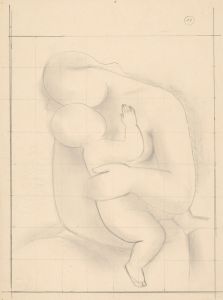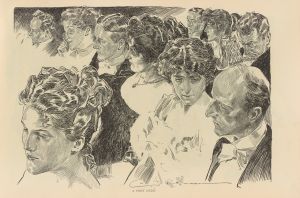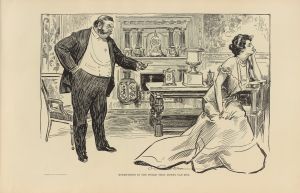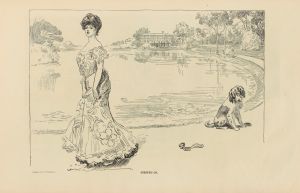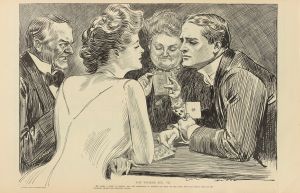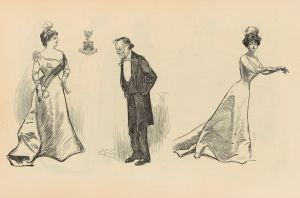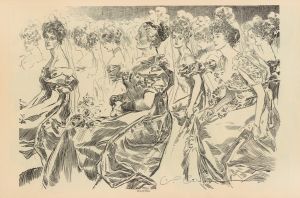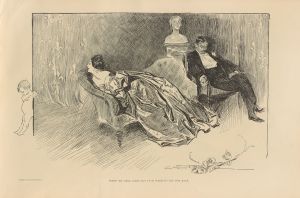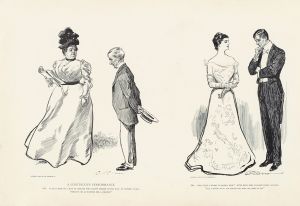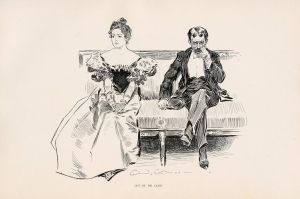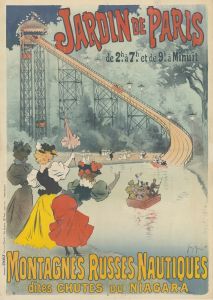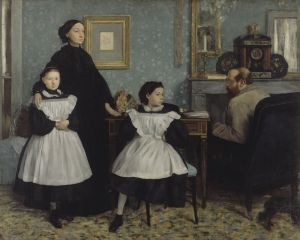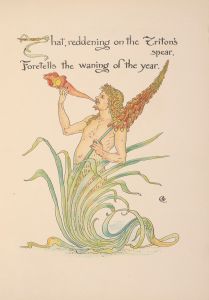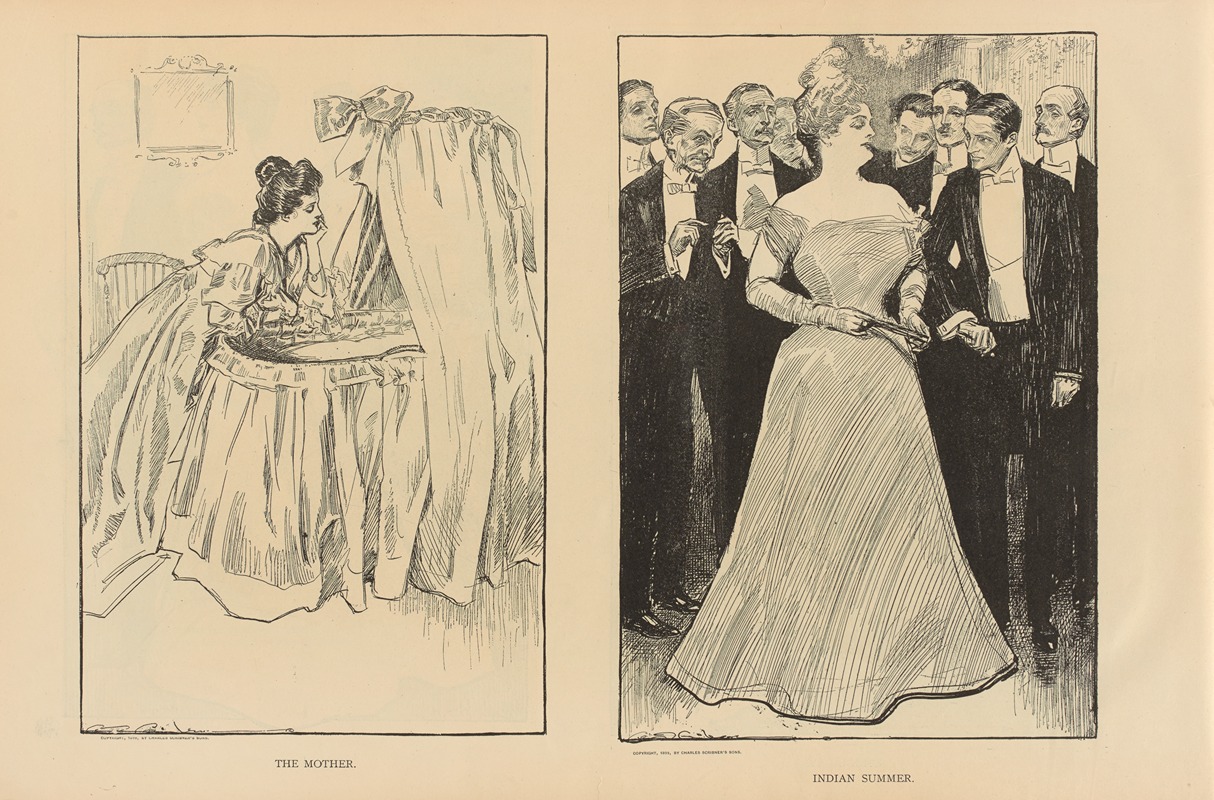
The mother. Indian summer
A hand-painted replica of Charles Dana Gibson’s masterpiece The mother. Indian summer, meticulously crafted by professional artists to capture the true essence of the original. Each piece is created with museum-quality canvas and rare mineral pigments, carefully painted by experienced artists with delicate brushstrokes and rich, layered colors to perfectly recreate the texture of the original artwork. Unlike machine-printed reproductions, this hand-painted version brings the painting to life, infused with the artist’s emotions and skill in every stroke. Whether for personal collection or home decoration, it instantly elevates the artistic atmosphere of any space.
Charles Dana Gibson was an influential American illustrator best known for his creation of the "Gibson Girl," an iconic representation of the American woman at the turn of the 20th century. His work was widely published in magazines such as Life, Scribner's, and Harper's, and he became one of the most celebrated illustrators of his time. Among his numerous works, "The Mother. Indian Summer" stands out as a notable piece, although it is not as widely recognized as some of his other illustrations.
"The Mother. Indian Summer" by Charles Dana Gibson captures a serene and contemplative scene, typical of Gibson's ability to convey emotion and narrative through his detailed pen-and-ink drawings. The illustration likely depicts a mother figure, a common theme in Gibson's work, which often explored various aspects of femininity and domestic life. The term "Indian Summer" refers to a period of unseasonably warm, dry weather that occurs in autumn, often evoking a sense of nostalgia and tranquility. This setting might suggest a reflective moment in the life of the depicted mother, aligning with the themes of warmth and introspection associated with Indian Summer.
Gibson's illustrations were characterized by their intricate detail and elegant line work, which brought his subjects to life with a sense of realism and grace. His ability to capture the subtleties of expression and posture made his characters relatable and engaging to the audience of his time. "The Mother. Indian Summer" would have been created using these techniques, showcasing Gibson's mastery of the medium.
During the late 19th and early 20th centuries, Gibson's work played a significant role in shaping public perceptions of gender roles and societal norms. The "Gibson Girl," in particular, became a symbol of the independent and modern woman, embodying both beauty and intelligence. While "The Mother. Indian Summer" may not directly feature a "Gibson Girl," it likely reflects Gibson's broader exploration of women's roles and experiences during this era.
Gibson's influence extended beyond illustration; he was also involved in the art community as a member of the Society of Illustrators and served as its president. His work has been exhibited in various galleries and continues to be studied for its impact on American art and culture.
Overall, "The Mother. Indian Summer" is a testament to Charles Dana Gibson's skill as an illustrator and his ability to capture the essence of his subjects. While specific details about this particular illustration may be limited, it remains a part of Gibson's larger body of work that continues to be appreciated for its artistic and cultural significance.






